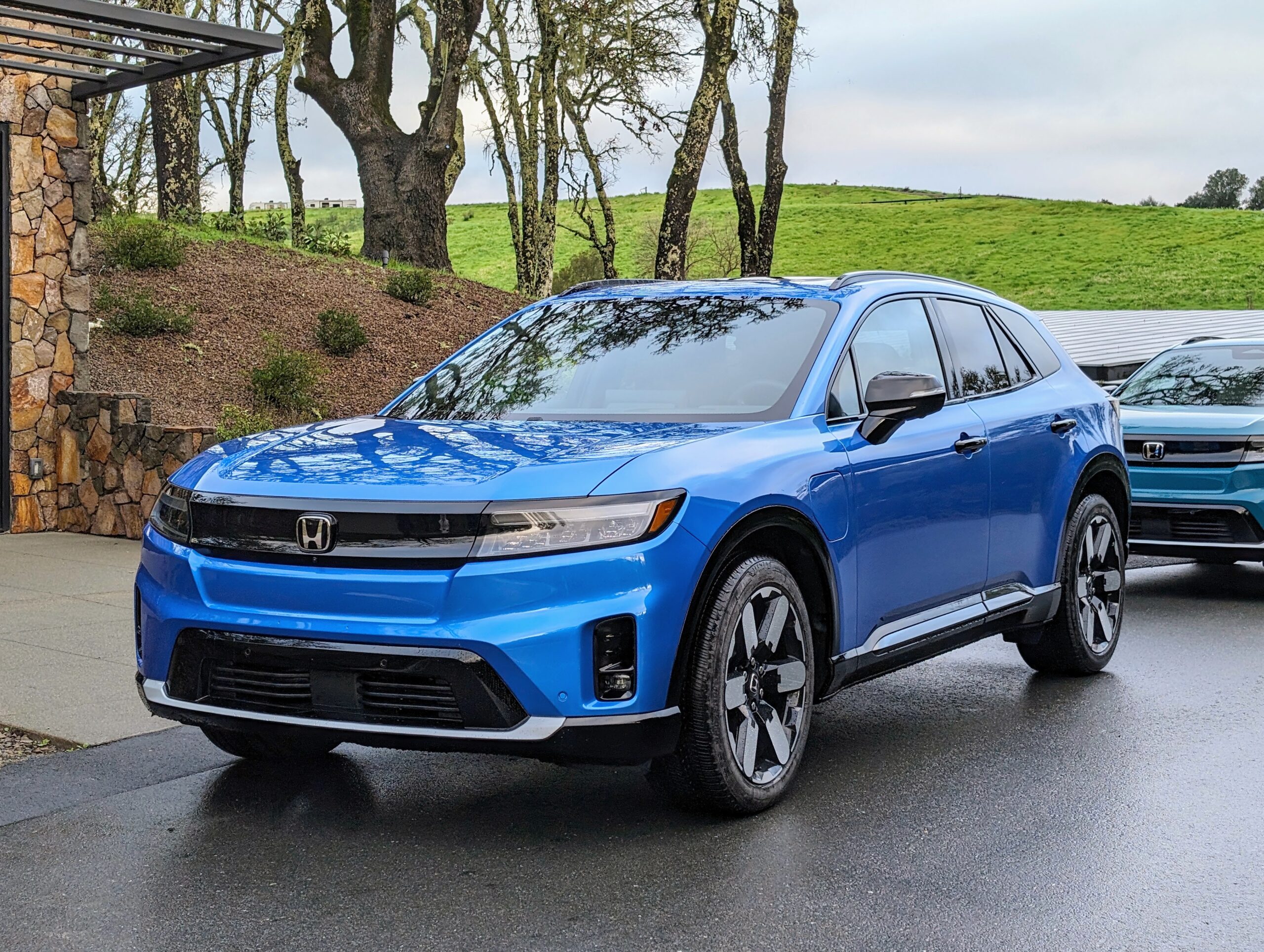Sign up for daily news updates from CleanTechnica on email. Or follow us on Google News!
For more than 50 years, the National Hurricane Center has used the Saffir-Simpson Windscale to communicate the risk of property damage; it labels a hurricane on a scale from Category 1 (wind speeds between 74–95 mph) to Category 5 (wind speeds of 158 mph or greater).

But as increasing ocean temperatures contribute to ever more intense and destructive hurricanes, climate scientists Michael Wehner of Lawrence Berkeley National Laboratory (Berkeley Lab) and James Kossin of the First Street Foundation wondered whether the open-ended Category 5 is sufficient to communicate the risk of hurricane damage in a warming climate. So they investigated and detailed their extensive research in a new article published in the Proceedings of the National Academy of Sciences (PNAS), where they also introduce a hypothetical Category 6 to the Saffir-Simpson Wind Scale, which would encompass storms with wind speeds greater than 192 mph.
“Our motivation is to reconsider how the open-endedness of the Saffir-Simpson Scale can lead to underestimation of risk, and, in particular, how this underestimation becomes increasingly problematic in a warming world,” said Wehner, who has spent his career studying the behavior of extreme weather events in a changing climate and to what extent human influence has contributed to individual events.
According to Wehner, anthropogenic global warming has significantly increased surface ocean and tropospheric air temperatures in regions where hurricanes, tropical cyclones, and typhoons form and propagate, providing additional heat energy for storm intensification. When the team performed a historical data analysis of hurricanes from 1980 to 2021, they found five storms that would have been classified as Category 6, and all of them occurred in the last nine years of record. They determined a hypothetical upper bound for Category 5 hurricanes by looking at the expanding range of wind speeds between the lower-category storms.
“Our motivation is to reconsider how the open-endedness of the Saffir-Simpson Scale can lead to underestimation of risk, and, in particular, how this underestimation becomes increasingly problematic in a warming world.” — Michael Wehner
Hurricanes, tropical storms, and typhoons are essentially the same weather phenomenon; their name difference is purely geographical: storms in the North Atlantic and Northeast Pacific Oceans are called hurricanes, events in the Northwest Pacific Ocean are called typhoons, and occurrences in the South Pacific and Indian Oceans are called tropical cyclones.
In addition to studying the past, the researchers analyzed simulations to explore how warming climates would impact hurricane intensification. Their models showed that with two degrees Celsius of global warming above pre-industrial levels, the risk of Category 6 storms increases by up to 50% near the Philippines and doubles in the Gulf of Mexico and that the highest risk of these storms is in Southeast Asia, the Philippines, and the Gulf of Mexico.
“Even under the relatively low global warming targets of the Paris Agreement, which seeks to limit global warming to just 1.5°C above preindustrial temperatures by the end of this century, the increased chances of Category 6 storms are substantial in these simulations,” said Wehner.
“Tropical cyclone risk messaging is a very active topic, and changes in messaging are necessary to better inform the public about inland flooding and storm surge, phenomena that a wind-based scale is only tangentially relevant to. While adding a 6th category to the Saffir–Simpson Hurricane Wind Scale would not solve that issue, it could raise awareness about the perils of the increased risk of major hurricanes due to global warming,” said Kossin. “Our results are not meant to propose changes to this scale, but rather to raise awareness that the wind-hazard risk from storms presently designated as Category 5 has increased and will continue to increase under climate change.”
Lawrence Berkeley National Laboratory (Berkeley Lab) is committed to delivering solutions for humankind through research in clean energy, a healthy planet, and discovery science. Founded in 1931 on the belief that the biggest problems are best addressed by teams, Berkeley Lab and its scientists have been recognized with 16 Nobel Prizes. Researchers from around the world rely on the Lab’s world-class scientific facilities for their own pioneering research. Berkeley Lab is a multiprogram national laboratory managed by the University of California for the U.S. Department of Energy’s Office of Science.
DOE’s Office of Science is the single largest supporter of basic research in the physical sciences in the United States, and is working to address some of the most pressing challenges of our time. For more information, please visit energy.gov/science.
By Linda Vu. Courtesy of U.S. DOE, Lawerence Berkeley National Laboratory.
Have a tip for CleanTechnica? Want to advertise? Want to suggest a guest for our CleanTech Talk podcast? Contact us here.
Latest CleanTechnica TV Video
I don’t like paywalls. You don’t like paywalls. Who likes paywalls? Here at CleanTechnica, we implemented a limited paywall for a while, but it always felt wrong — and it was always tough to decide what we should put behind there. In theory, your most exclusive and best content goes behind a paywall. But then fewer people read it!! So, we’ve decided to completely nix paywalls here at CleanTechnica. But…
Thank you!
CleanTechnica uses affiliate links. See our policy here.




